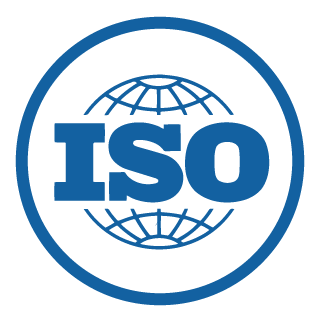Working with ISOBUS: Task Controller
November 27, 2018

If you’re investing in ISOBUS, it’s likely because you want to use it for precision applications, such as variable-rate seeding or automatic section control. In order to utilize these functions, you’ll need an ISO Task Controller.
As briefly discussed in our first post on ISOBUS, Task Controller (TC) is the software that automates commands for the Electronic Controlled Unit (ECU) and consists of three subprotocols: Basic, Section, and Geo.
To recap, Task Controller Basic (TC-BAS) handles data totals, including total acreage covered or total product applied. Task Controller Section Control (TC-SC) is just as it sounds — it provides section control of the implement. And Task Controller Geo (TC-GEO) handles the geo-referenced application and collects data based on location. If you have a prescription fertilizer map, the TC will leverage the GEO subprotocol.
In this blog post, we’ll discuss the benefits of using TC, whether it’s necessary for your operation, and some things to consider when getting started with TC.
Reduce Inputs, Increase Efficiency
If you’re investing money in an ECU because you want to do application control, you should be utilizing TC. Otherwise, you’re probably not getting the full value out of the system.
There are some situations where the TC may not be as valuable. For example, if you don’t need a sprayer’s boom height to adjust throughout a field, then TC is not necessary because you can set the boom height in the cab and then go.
Otherwise, TC is necessary for precision farming. Instead of having to worry about shutting off sections on the headlands or manually avoiding overlaps, the TC will handle those tasks on its own.
In addition to reducing labor fatigue, allowing the TC to control certain functions is also where you’ll see the most return on investment. Using prescription maps for variable-rate applications with the Trimble® Field-IQ™ system can reduce inputs by 10% while utilizing Trimble’s guidance solutions can provide input reductions of 20%.
Helps Keep Accurate Records
Another benefit of TC is that it can log specific pieces of information that can help farmers prove compliance with chemical application laws. For instance, there are specific conditions for applying dicamba herbicide, and in places like Northwest Ohio, there are weather-related restrictions for applying fertilizer and manure.
Because TC can utilize a weather sensor like the Trimble® Field-IQ™ Weather Station, if you’re ever questioned about your applications, you can have a real-time recorded map for your exact location to fall back on, vs. relying on a weather report that may be stationed 20 miles away.
There are other sensors on the market that can be leveraged to do similar tasks or provide similar information.
Getting Started with Task Controller
Because each application has different requirements, the features and functions a TC may or may not have will depend on the task being performed. For example, it’s possible to have a TC where the ECU or UT doesn’t support TC-BAS, or to have TC-SC but not TC-GEO.
There are also ECUs that can only be controlled through the UT and don’t have any TC capabilities. Or it may have the capability, but requires that you pay an “unlock” fee to use it.
Because most farmers are utilizing the TC for application control, the TC needs GPS positioning — whether it’s from a simple device in the cab or one of Trimble’s guidance displays. While the TC is not positioning the implement itself, it uses the GPS information to determine where the implement is and make commands.
Troubleshooting Task Controller
It’s important to keep in mind that using a TC doesn’t bypass or avoid problems that can come up with any application system. Timing and calibration of certain components are all things you’ll have to deal with, regardless of whether you’re using TC or another system — you just might have a different interface to modify or make changes when issues pop up.
While you shouldn’t run into problems or challenges that are specific to the TC alone, it’s important to keep in mind that you may face limitations with the number of sections or channels you’re able to control, either by the ECU or display. For example, you might have an ECU that can control 72 sections, but the display can only support a max of 48, so you’re limited to 48.
This is why Trimble’s displays can support up to 255 sections. While there are no implements currently on the market that offer that many sections for control, it ensures the display will never be the cause of the limitation. So when looking into a new display or ECU, be sure to consider what the display can do vs. what the ECU can do, and check that they’re compatible for the operations you’d like to run with TC.
